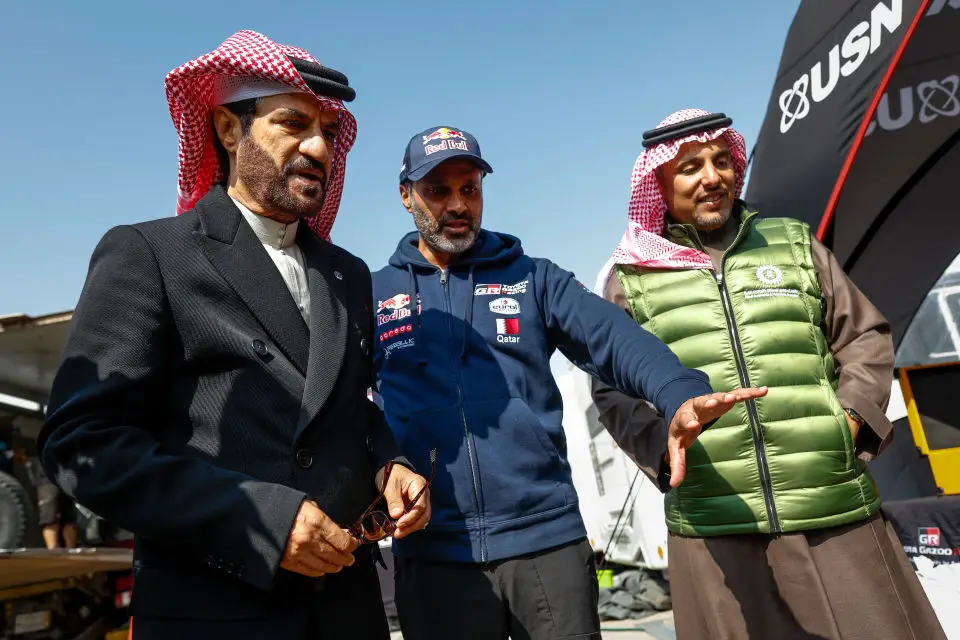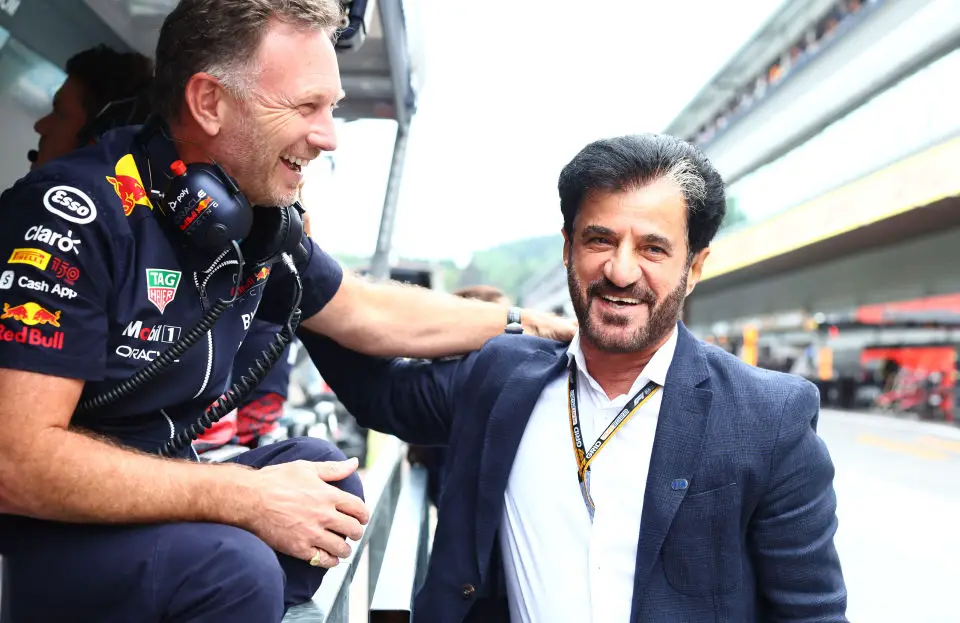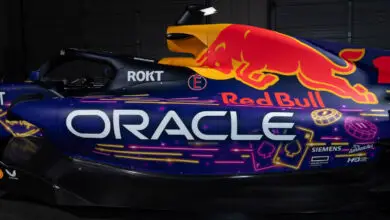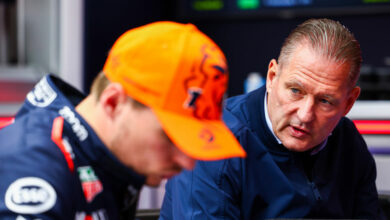FIA Chief Mohammed Ben Sulayem Signals Potential Removal of F1 Circuits Amid Track Limit Issues
In a decisive stance on Formula 1’s track limit challenges, FIA President Mohammed Ben Sulayem has warned that circuits like Losail and the Red Bull Ring could face exclusion from the F1 calendar if issues aren’t resolved. This bold statement comes amidst ongoing struggles with track design and kerb-related problems impacting races.
Key Takeaways:
- Stance on Circuit Removal: FIA President Mohammed Ben Sulayem emphasizes the need for permanent solutions to track limit issues at F1 venues, particularly highlighting Losail and the Red Bull Ring. He suggests that failing to address these issues could lead to the removal of problematic circuits from the F1 calendar.
- Track and Kerb Design Issues: The Qatar Grand Prix highlighted significant challenges due to track limits, leading to penalties and grid chaos. Ben Sulayem believes the problem lies in the track design, particularly the kerbs, which need urgent modification to prevent drivers from straying off limits.
- Solutions and Resource Needs: Proposed solutions include making off-track areas slippery, adjusting kerb heights, and using gravel with caution. Ben Sulayem also underscores the need for more resources and technology to effectively manage track limits, pointing out the FIA’s financial limitations in implementing these solutions.


The FIA President, Mohammed Ben Sulayem, has recently made a statement that could significantly impact the future of some Formula 1 circuits. In light of persistent track limit issues at venues like Losail and the Red Bull Ring, he has indicated a willingness to exclude these circuits from the F1 calendar if necessary solutions are not implemented. This follows a series of challenges faced during the Qatar Grand Prix, where strict track limits resulted in numerous penalties and a reshuffled grid.
Ben Sulayem has identified the core issue as being with the track design, particularly the kerbs, rather than with the drivers. His proposed solution is to modify these aspects of the tracks to naturally deter drivers from exceeding limits. If such modifications are not feasible, he suggests that the only remaining option would be to remove the circuit from the F1 schedule.
During a conversation with Motorsport.com, Ben Sulayem expressed his views candidly: “You’re absolutely right about it, we had the same issue in Austria, it was 1200 [offences there]. And I have to say, congratulations to the stewards because they spotted it. But is that the solution? No. The solution is to improve the track itself. I know some are resistant to it, but to tell you the truth, if they don’t, there is no race. It is as simple as this. We can’t afford this.”
The issue was further complicated by the kerb design, which led to sidewall separations on Pirelli tires during the Qatar race, necessitating multiple pit stops. The FIA President proposed several potential solutions, including making off-track areas slippery, altering kerb heights, and cautiously using gravel. He stressed the urgency of these changes for the next season, emphasizing the need for driver feedback in the process.
Additionally, Ben Sulayem highlighted the necessity of technological advancements to manage track limits but pointed out the FIA’s current resource limitations. He called for greater collaboration and resource sharing with F1 teams, stating, “The use of technology should be there. It is being used in a lot of areas, but the FIA needs more resources to invest back into the sport. I’m not hiding here: we need more resources. I mean, it’s a $20 billion operation here and we cannot run it on a shoestring.”
This situation underscores the complexities of managing a global sport like Formula 1, where the interplay of technology, safety, and fair competition must be constantly balanced. As the FIA looks to improve these aspects, the future of some iconic circuits hangs in the balance, highlighting the ever-evolving nature of the sport.



